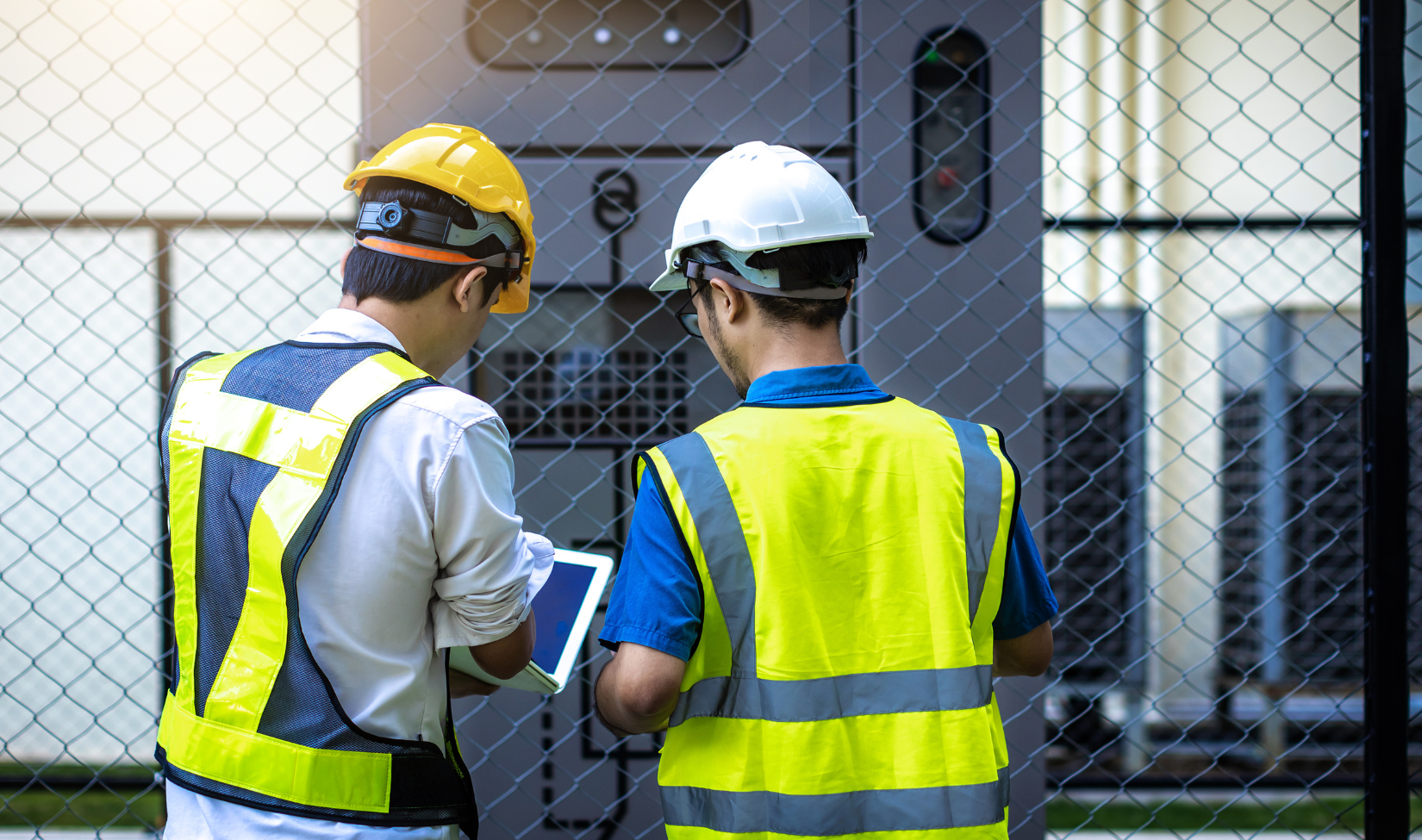Your Go-To Electrical System Maintenance Checklist

Introduction
The electrical system is the lifeline of any facility, powering essential operations, lighting, and equipment. A well-maintained electrical system ensures safety, efficiency, and compliance with regulatory standards. Regular maintenance can help prevent costly failures, reduce energy consumption, and prolong the life of electrical components. Here’s a comprehensive checklist to help facility managers stay on top of their electrical systems and keep operations running smoothly.
To assist with sourcing parts, support, or additional resources, here are some reputable electrical component providers and maintenance organizations:
Electrical Component Providers:
National Electrical Maintenance Organizations:
- NECA (National Electrical Contractors Association)
- NEMA (National Electrical Manufacturers Association)
- NFPA (National Fire Protection Association)
1. Inspect Electrical Panels and Breakers
Check electrical panels for signs of overheating, corrosion, or loose connections. Ensure that all circuit breakers are working correctly and consider labeling them if not already done to make future maintenance easier.
2. Test Grounding Systems
Proper grounding is essential for the safe operation of electrical systems. Test grounding systems regularly to prevent electrical surges, which could cause equipment damage or pose safety risks.
3. Inspect and Clean Transformers
Transformers can accumulate dust and debris, which can lead to overheating. Inspect and clean transformers regularly to maintain efficiency and prevent possible hazards due to overheating.
4. Check Electrical Wiring and Connections
Inspect all wiring for signs of wear, fraying, or damage. Replace any damaged wires immediately, as faulty wiring can lead to fires or equipment malfunctions.
5. Conduct Infrared Thermography Scans
Infrared thermography is a valuable tool in identifying hot spots in electrical systems that may indicate overloaded circuits or faulty connections. Conduct scans periodically to detect issues before they lead to failure.
6. Test Backup Generators and UPS Systems
Backup generators and uninterruptible power supplies (UPS) are essential for maintaining power during outages. Regularly test these systems to ensure they’re ready to function if needed, especially in critical areas of the facility.
7. Inspect Lighting Systems
Lighting systems, including emergency lighting, should be inspected regularly to ensure they’re fully operational. Replace any burnt-out bulbs or faulty wiring to keep facilities well-lit and safe.
8. Monitor Power Quality
Fluctuations in power quality, such as voltage spikes or drops, can cause damage to sensitive equipment. Use power quality monitors to detect and address any irregularities in power distribution.
9. Update Electrical Diagrams and Documentation
Keeping up-to-date diagrams and documentation is essential for accurate troubleshooting and repairs. Update all records when changes are made to the electrical system to streamline future maintenance.
10. Schedule Professional Inspections
While routine checks are helpful, annual inspections by a licensed electrician can uncover hidden issues. Professional inspections ensure compliance with electrical codes and offer additional safety insights.
Conclusion
Regular electrical maintenance helps facility managers ensure a safe and efficient working environment. By following this checklist, you can prevent potential hazards, extend the lifespan of your electrical system, and maintain compliance with regulatory standards. For additional tips on proactive facility maintenance, check out our blog on Proactive Maintenance with FlowPath’s AI Assistant. With proactive maintenance, you can reduce downtime and enhance the reliability of your facility’s operations.
For an easier way to track and schedule essential maintenance tasks, Schedule a Demo with FlowPath and discover how our AI-driven CMMS can streamline your electrical system maintenance.









